Home>Gardening & Outdoor>Plant Care & Gardening Tips>What Temperature Can Mums Tolerate


Plant Care & Gardening Tips
What Temperature Can Mums Tolerate
Modified: February 17, 2024
Discover the ideal temperature range for mums and get expert plant care and gardening tips to ensure their optimal growth and health. Explore everything you need to know about mums' temperature tolerance and care.
(Many of the links in this article redirect to a specific reviewed product. Your purchase of these products through affiliate links helps to generate commission for Storables.com, at no extra cost. Learn more)
Introduction
Mums, scientifically known as Chrysanthemums, are beloved for their vibrant blooms and resilience in various climates. As a gardener or plant enthusiast, understanding the optimal temperature conditions for mums is crucial for their successful cultivation and longevity. Temperature plays a pivotal role in the growth, blooming, and overall health of these beautiful flowers. In this comprehensive guide, we will delve into the intricate relationship between temperature and mums, exploring the ideal conditions for their growth, the impact of temperature extremes, and practical tips for safeguarding mums from adverse weather conditions.
Mums are renowned for their versatility, thriving in a wide range of temperatures. However, to truly harness their full potential and witness a spectacular display of blossoms, it is essential to comprehend the temperature thresholds that mums can tolerate. Whether you are a seasoned gardener or a novice plant enthusiast, this guide will equip you with the knowledge to create an optimal environment for your mums, ensuring their resilience and vitality throughout the seasons.
Understanding the impact of temperature on mums is akin to deciphering a delicate dance between nature and nurture. By gaining insights into the temperature preferences of mums, you will be empowered to make informed decisions when it comes to their care and maintenance. So, let's embark on this enlightening journey to unravel the mysteries of temperature and its profound influence on the magnificent chrysanthemums.
Key Takeaways:
- Mums thrive in temperatures around 60-70°F during the day and 45-55°F at night. Providing these ideal conditions ensures vibrant blooms and overall plant health.
- Extreme temperatures can harm mums, causing wilted foliage in heat and frost damage in cold. Mulching, strategic watering, and shade provision help protect mums from temperature extremes.
Read more: What Temperature Can Thyme Tolerate
Ideal Temperature for Mums
Mums, with their diverse cultivars and stunning array of colors, are remarkably adaptable plants when it comes to temperature. However, to optimize their growth and flowering potential, it is essential to understand their ideal temperature preferences. Generally, mums thrive in temperatures ranging from 60 to 70 degrees Fahrenheit (15 to 21 degrees Celsius) during the day. These moderate temperatures provide the perfect balance for robust growth and prolific blooming.
During the nighttime, mums prefer slightly cooler temperatures, ideally between 45 and 55 degrees Fahrenheit (7 to 13 degrees Celsius). This drop in temperature during the night is crucial for the development of flower buds and overall plant vigor. It is important to note that maintaining this temperature differential between day and night is instrumental in promoting the best possible flowering display.
In regions with warmer climates, mums benefit from partial shade during the hottest parts of the day. This helps to shield them from excessive heat and prevents stress-induced wilting. Conversely, in cooler climates, mums can thrive in full sun, as long as they receive adequate moisture and are protected from harsh winds.
Understanding the ideal temperature range for mums is pivotal for their successful cultivation. It allows gardeners to make informed decisions regarding planting locations, microclimate adjustments, and protective measures during temperature extremes. By providing mums with the optimal temperature conditions, gardeners can witness the full splendor of these resilient and captivating flowers.
In essence, mums flourish in moderate temperatures, with a slight drop in nighttime temperatures to stimulate flowering. By creating an environment that mirrors these preferences, gardeners can ensure that their mums reach their full potential, producing an abundance of vibrant blooms and enriching the garden with their undeniable charm.
Temperature Extremes and Mums
Mums, while resilient in their adaptability to various temperatures, can be significantly impacted by temperature extremes. Both excessively high and low temperatures can pose challenges to the health and blooming potential of these beloved flowers. Understanding the effects of temperature extremes on mums is crucial for implementing proactive measures to safeguard their well-being.
High Temperatures
Excessive heat can exert stress on mums, leading to wilted foliage, diminished flower production, and overall plant decline. When exposed to prolonged periods of high temperatures, mums may exhibit signs of heat stress, such as drooping leaves, scorched petals, and reduced vigor. In extreme cases, prolonged heat exposure can even result in the premature wilting of flower buds, thwarting the anticipated blooming spectacle.
To mitigate the adverse effects of high temperatures, it is essential to provide mums with adequate shade and moisture during scorching days. Shielding them from direct sunlight during the hottest parts of the day can alleviate heat stress, preserving the plant's vitality and promoting healthy growth. Additionally, regular watering, preferably in the morning, can help cool the soil and maintain optimal moisture levels, offering a reprieve from the sweltering heat.
Low Temperatures
On the flip side, mums are also susceptible to the detrimental impact of low temperatures, especially frost. When exposed to frosty conditions, mums can suffer from frost damage, leading to blackened foliage and compromised blooming potential. Furthermore, freezing temperatures can impede the development of flower buds, thwarting the much-anticipated burst of colorful blooms.
To shield mums from the perils of frost, it is advisable to cover them with frost cloth or mulch during chilly nights. This protective layer acts as a shield against the freezing temperatures, safeguarding the tender foliage and delicate flower buds from potential harm. Additionally, situating mums in well-drained areas and avoiding overwatering can help prevent root rot, which becomes a heightened risk during cold and damp conditions.
By acknowledging the impact of temperature extremes on mums and implementing proactive measures to mitigate their effects, gardeners can ensure the continued vitality and splendor of these resilient flowers. Through thoughtful care and strategic interventions, mums can weather the challenges posed by temperature extremes, emerging triumphant with a breathtaking display of vibrant blooms.
Remember, mums are remarkably adaptable, but a little assistance in extreme temperatures can go a long way in preserving their beauty and resilience.
Read more: What Temperature Do Mums Freeze
Tips for Protecting Mums from Extreme Temperatures
-
Mulching: Applying a layer of organic mulch around the base of mums serves as a protective blanket, insulating the soil and roots from temperature fluctuations. Mulch helps regulate soil temperature, preventing rapid heat loss during chilly nights and minimizing heat absorption during scorching days. Additionally, it aids in moisture retention, ensuring that the roots remain adequately hydrated, which is crucial for withstanding temperature extremes.
-
Strategic Watering: During periods of high temperatures, it is essential to water mums deeply and consistently. However, it is equally important to avoid overwatering, as excessively damp soil can exacerbate the impact of heat stress. By watering the plants in the morning, the soil has ample time to absorb the moisture before the onset of intense heat, thereby fortifying the plants against dehydration and heat-induced wilting.
-
Shade Provision: Shielding mums from direct sunlight during the hottest parts of the day can mitigate the effects of excessive heat. This can be achieved by situating mums in partially shaded areas or employing shade cloth to diffuse the intensity of sunlight. By reducing the direct exposure to scorching rays, mums can maintain their vigor and resilience, minimizing the risk of heat-induced damage.
-
Frost Protection: As the mercury dips, mums are susceptible to frost damage, particularly in regions with cooler climates. To safeguard them from the perils of frost, covering the plants with frost cloth or employing a layer of mulch can provide insulation, shielding the tender foliage and flower buds from the detrimental effects of freezing temperatures. Additionally, situating mums in well-drained areas and avoiding overwatering can help prevent frost-related complications.
-
Microclimate Optimization: Understanding the microclimates within your garden can aid in strategically situating mums to minimize the impact of temperature extremes. Identifying areas with optimal air circulation, moderate sunlight, and protection from harsh winds can contribute to creating a conducive environment for mums to thrive. By leveraging the unique microclimates within your garden, you can enhance the resilience of mums against temperature fluctuations.
-
Seasonal Adjustments: As the seasons transition, it is imperative to adapt the care regimen for mums to align with the evolving temperature patterns. Monitoring weather forecasts and adjusting protective measures accordingly can help preemptively safeguard mums from the adverse effects of temperature extremes. By staying attuned to seasonal changes, you can proactively protect mums from the challenges posed by fluctuating temperatures.
By implementing these proactive measures, gardeners can fortify mums against the impact of extreme temperatures, ensuring their continued vitality and blooming prowess. With thoughtful care and strategic interventions, mums can thrive in the face of temperature fluctuations, gracing the garden with an enduring spectacle of resplendent blooms.
Mums can tolerate temperatures between 45-50°F (7-10°C). To protect them from colder temperatures, cover them with a layer of mulch or bring them indoors.
Conclusion
In conclusion, the temperature plays a pivotal role in the growth, blooming, and overall well-being of mums, also known as Chrysanthemums. Understanding the ideal temperature range for mums, which is approximately 60 to 70 degrees Fahrenheit (15 to 21 degrees Celsius) during the day and 45 to 55 degrees Fahrenheit (7 to 13 degrees Celsius) at night, is essential for fostering their optimal growth and flowering potential. By providing mums with the ideal temperature conditions, gardeners can ensure that these resilient flowers reach their full potential, producing an abundance of vibrant blooms and enriching the garden with their undeniable charm.
Moreover, it is crucial to acknowledge the impact of temperature extremes on mums. Excessive heat can lead to wilted foliage, diminished flower production, and overall plant decline, while frost and freezing temperatures can result in frost damage, hindering the development of flower buds. By implementing proactive measures such as mulching, strategic watering, shade provision, frost protection, microclimate optimization, and seasonal adjustments, gardeners can fortify mums against the adverse effects of extreme temperatures, ensuring their continued vitality and blooming prowess.
In essence, mums are remarkably adaptable plants, capable of thriving in a wide range of temperatures. However, a little assistance in extreme temperatures can go a long way in preserving their beauty and resilience. By gaining insights into the temperature preferences of mums and implementing proactive measures to mitigate the impact of temperature extremes, gardeners can ensure the continued vitality and splendor of these beloved flowers.
As we navigate the intricate relationship between temperature and mums, it becomes evident that by providing the optimal temperature conditions and safeguarding mums from temperature extremes, gardeners can witness the full splendor of these resilient and captivating flowers. Through thoughtful care and strategic interventions, mums can weather the challenges posed by temperature fluctuations, emerging triumphant with a breathtaking display of vibrant blooms.
In the end, the profound influence of temperature on mums serves as a testament to the delicate balance between nature and nurture. By harnessing this knowledge, gardeners can create an environment that mirrors the preferences of mums, ensuring their resilience and vitality throughout the seasons.
Frequently Asked Questions about What Temperature Can Mums Tolerate
Was this page helpful?
At Storables.com, we guarantee accurate and reliable information. Our content, validated by Expert Board Contributors, is crafted following stringent Editorial Policies. We're committed to providing you with well-researched, expert-backed insights for all your informational needs.
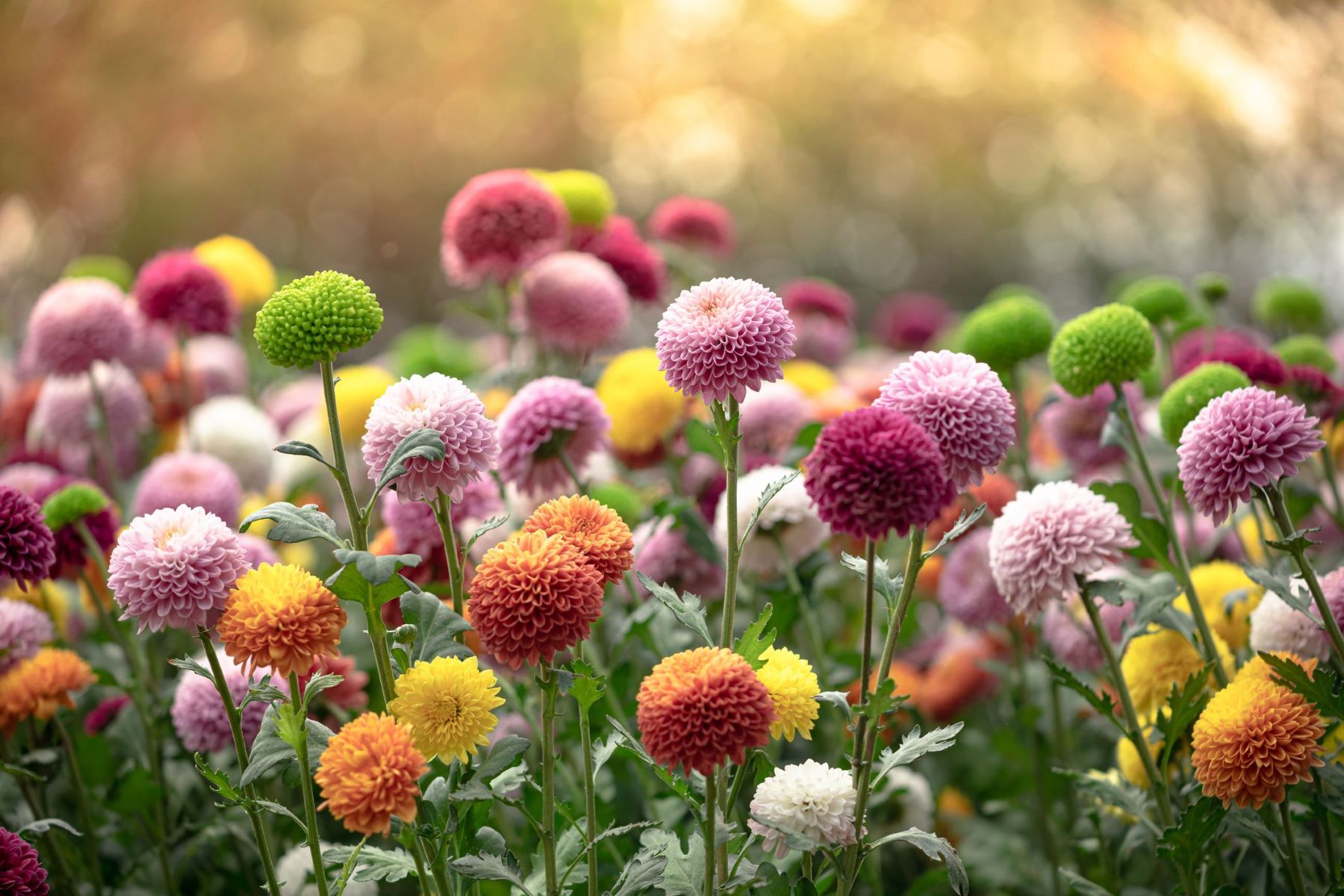

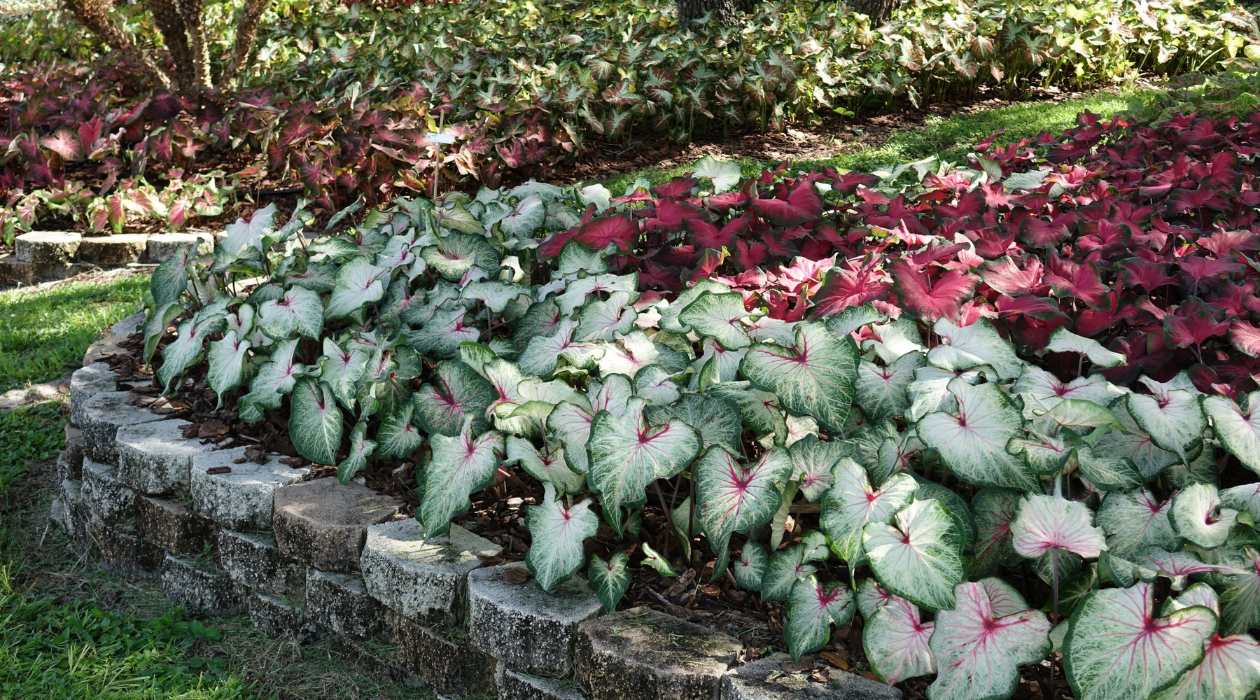

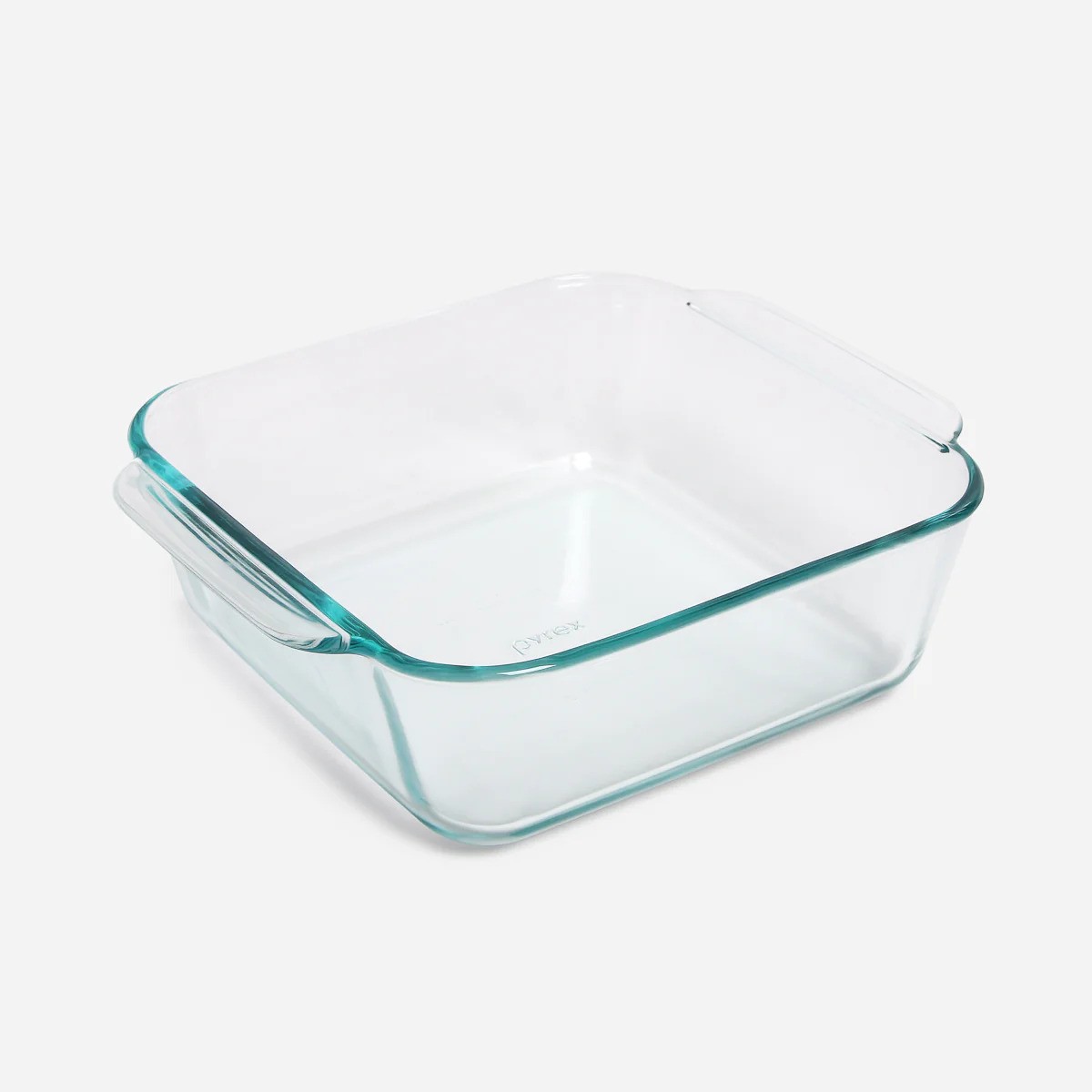
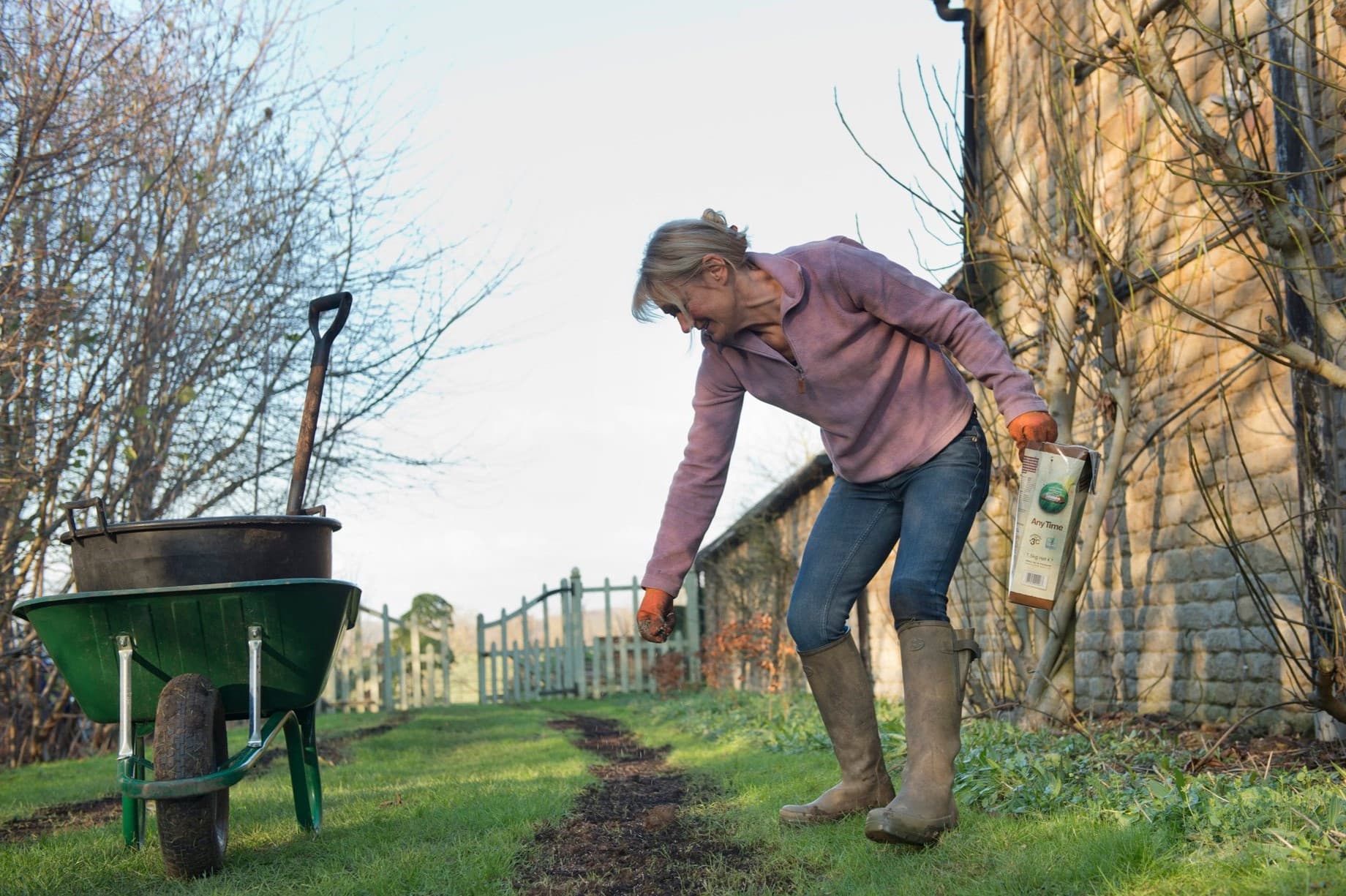

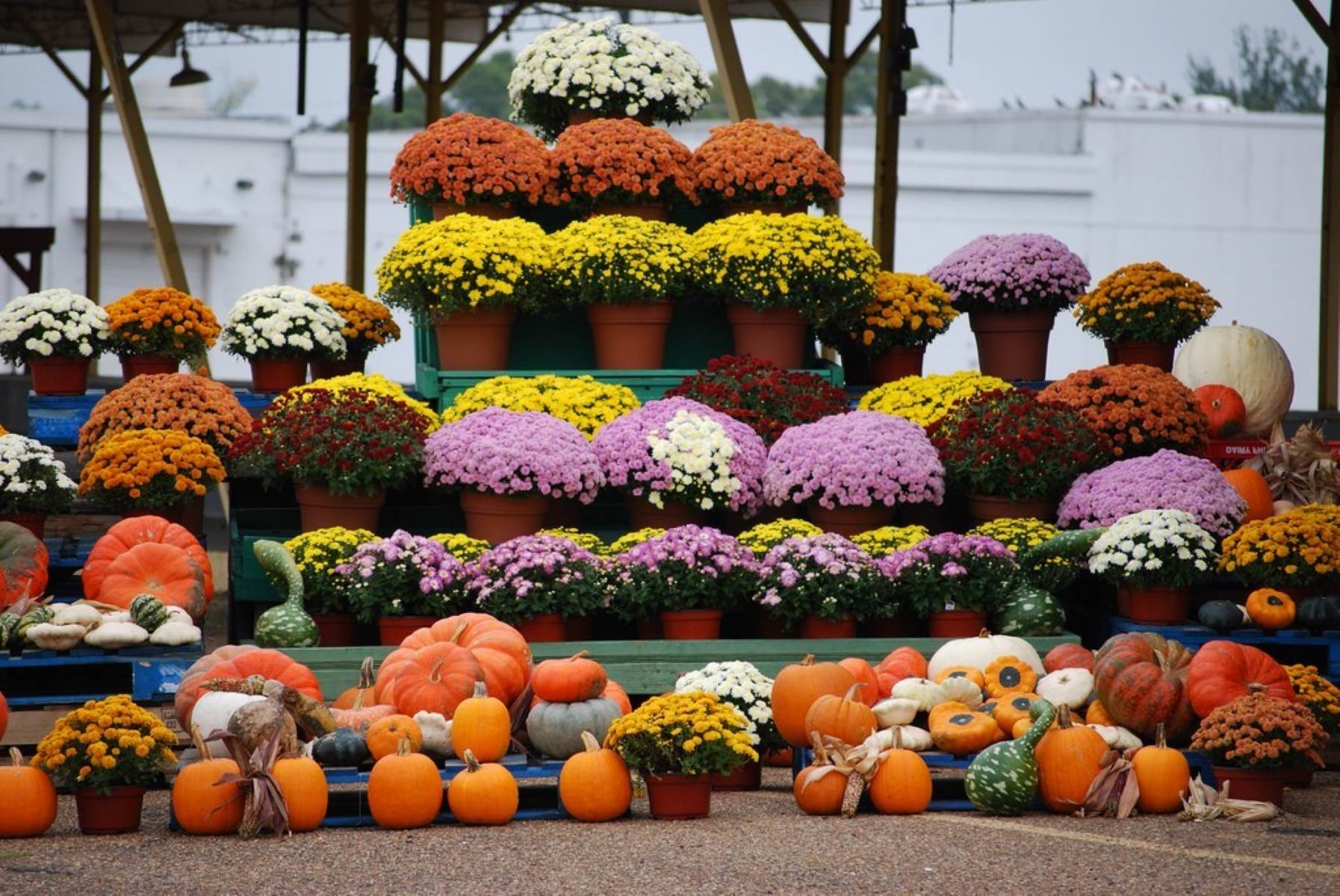


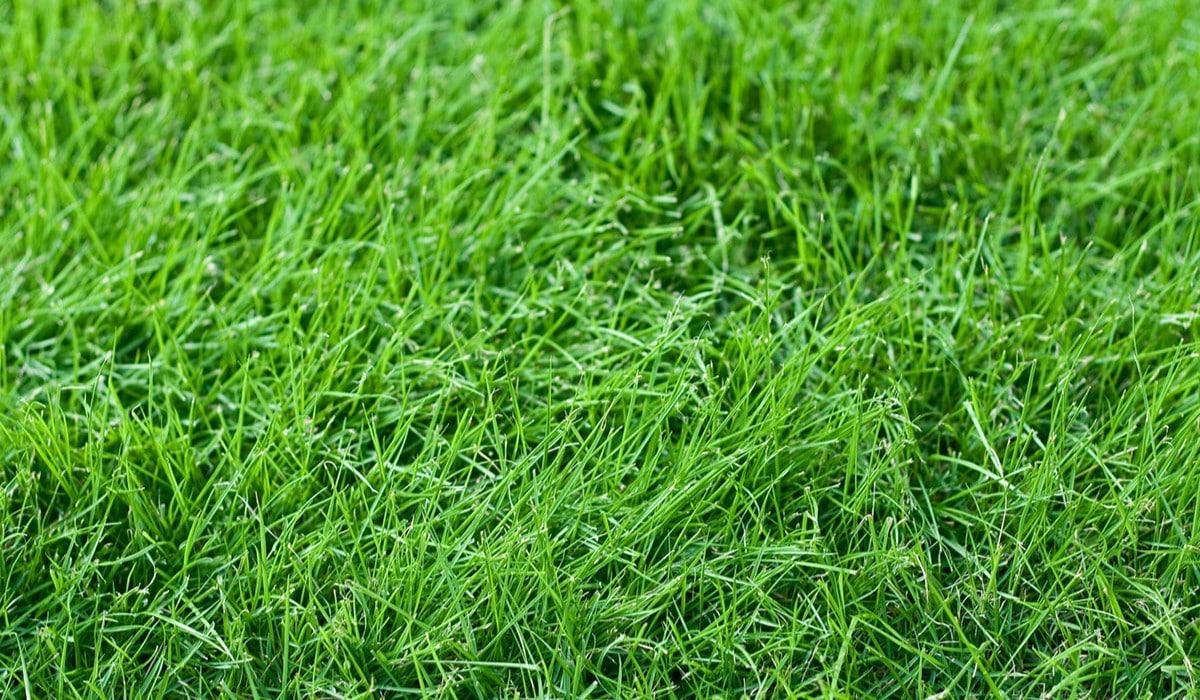


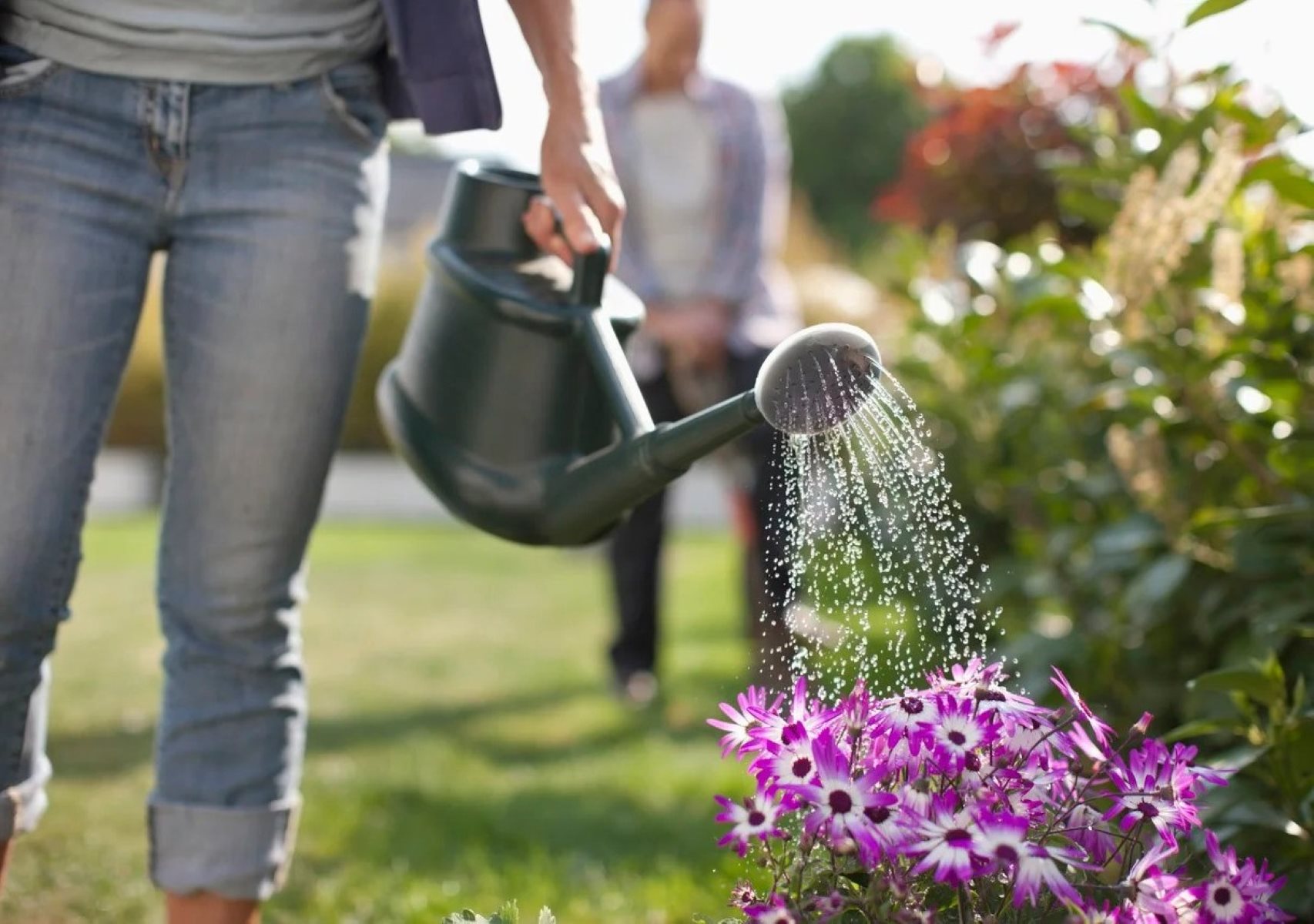

0 thoughts on “What Temperature Can Mums Tolerate”